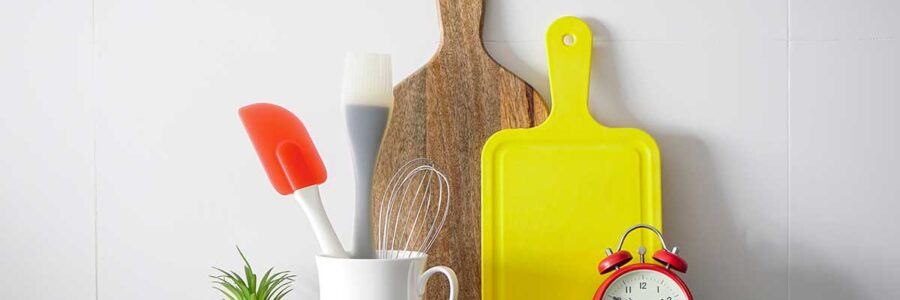While many of us don’t think twice about our cutting boards, which play a crucial role in our kitchens, there are hidden dangers lurking beneath the surface. Let’s explore the Dangers of Your Cutting Board and examine the potential hazards of plastic and wooden options, considering safer alternatives.
The Perils of Plastic Cutting Boards
Plastic cutting boards are popular for their affordability and ease of use. However, they pose a significant health risk. Studies indicate that they can expose users to approximately 79 million microplastics annually.[1] Every cut on these boards releases tiny plastic particles that can mix with food, potentially causing health problems ranging from hormone disruption to other long-term health effects.
Wooden Cutting Boards: Hidden Risks
While wooden cutting boards are often preferred for their natural look and feel, they are not without their issues. Many are constructed using plastic-based glues and adhesives that contain harmful chemicals like formaldehyde. This substance is linked to respiratory issues and is classified as a carcinogen. Over time, these chemicals can leach into your food, posing serious health risks.
A Safer Choice: Solid Hardwood Cutting Boards
Consider solid hardwood cutting boards treated with natural oils or beeswax for a healthier option. These boards do not contain toxic adhesives and are free from microplastic shedding.
Why Choose Solid Hardwood?
- Durability: Solid hardwood boards are resilient and long-lasting, making them an excellent investment for your kitchen.
- Safety: These boards are free from plastic-based glues and do not release harmful chemicals.
- Natural Treatment: Using natural oils or beeswax to maintain these boards ensures they remain in top condition without introducing toxins.
Avoiding Mineral Oil
When treating your cutting board, avoid mineral oil derived from petroleum as it is toxic.[2] Opt for natural alternatives such as coconut oil, beeswax, or walnut oil to ensure safety.
Conclusion
Reassessing the type of cutting board you use can significantly impact your health. By switching to solid hardwood cutting boards treated with natural oils or beeswax, you can avoid the hidden dangers of plastic microplastics and toxic chemicals in wooden boards. This simple change can lead to healthier food preparation and a safer kitchen environment. Make the switch to a healthier lifestyle today.
References:
- Yadav, Himani, et al. “Cutting Boards: An Overlooked Source of Microplastics in Human Food?” Environmental Science & Technology, vol. 57, no. 22, June 2023, pp. 8225–35. PubMed.
- Schrenk, Dieter, et al. “Update of the Risk Assessment of Mineral Oil Hydrocarbons in Food.” EFSA Journal, vol. 21, no. 9, Sept. 2023, p. e08215. PubMed Central.


